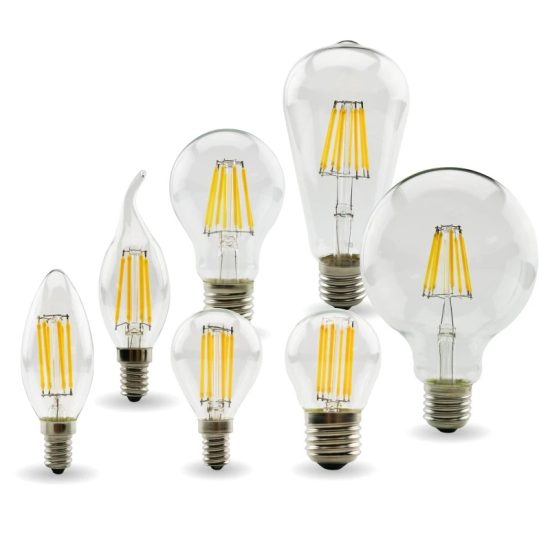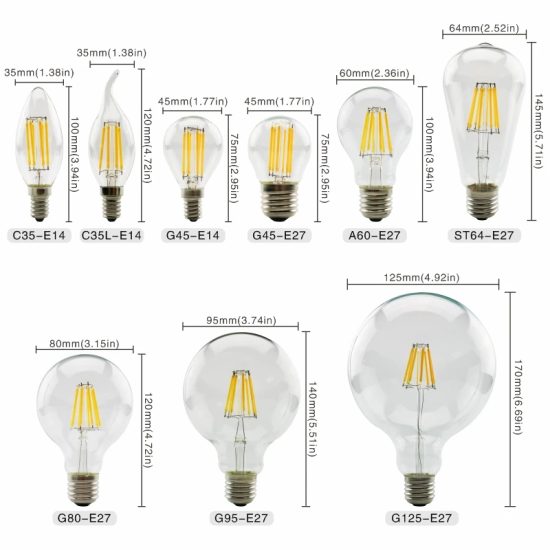As LED technology continues to illuminate our lives, ensuring the proper installation and maintenance of LED bulbs is essential for optimal performance and longevity. This blog post offers practical tips and tricks to guide you through the process, making the most of your LED lighting investment.
1. Choose the Right Bulb for Your Fixture
Before installation, ensure you have the correct LED bulb for your specific fixture. Check the bulb shape, size, and base type to match the requirements of your lamp or lighting fixture. This attention to detail ensures a snug fit and optimal functionality.
2. Turn Off the Power
Safety first! Always turn off the power to the fixture or room where you are installing or replacing LED bulbs. This simple precaution reduces the risk of electrical shock and ensures a smooth installation process.
3. Check for Compatibility with Dimmer Switches
If you plan to use your LED bulbs with dimmer switches, verify that both the bulbs and dimmer are compatible. Not all LED bulbs work seamlessly with all dimmer switches, so it’s crucial to check product specifications to avoid flickering or performance issues.
4. Be Gentle during Installation
Handle LED bulbs with care during installation. Avoid twisting or forcing the bulb into the socket. LED bulbs are generally more delicate than traditional bulbs, and rough handling can damage internal components.
5. Keep LED Bulbs Clean
Maintaining cleanliness is key to ensuring the longevity of your LED bulbs. Regularly clean the bulbs with a soft, dry cloth to remove dust and dirt. This simple practice not only enhances the aesthetic appeal of your lighting but also helps maintain optimal brightness.
6. Prevent Overheating
LED bulbs are designed to operate at lower temperatures, but excessive heat can still affect their performance. Ensure proper ventilation around fixtures, and avoid enclosing LED bulbs in tightly sealed fixtures that may trap heat. Adequate airflow contributes to prolonged LED bulb life.
7. Secure Proper Ventilation
In recessed lighting fixtures, allow for proper ventilation to dissipate heat effectively. Overheating can shorten the lifespan of LED bulbs, so maintaining adequate airflow is crucial for optimal performance and durability.
8. Regularly Inspect and Replace Faulty Bulbs
Periodically inspect your LED bulbs for any signs of damage or malfunction. If you notice flickering, dimming, or unusual color changes, replace the bulb promptly. Timely replacements help maintain consistent lighting quality and prevent potential issues with other connected bulbs.
9. Consider Professional Installation for Specific Fixtures
For complex fixtures or installations involving multiple bulbs, consider seeking professional assistance. Professional electricians can ensure proper wiring, compatibility, and adherence to safety standards, providing peace of mind and optimal performance.
10. Dispose of Old Bulbs Responsibly
When it’s time to replace your LED bulbs, dispose of them responsibly. Many communities have recycling programs for electronic waste, and some retailers offer bulb recycling services. Follow local regulations to contribute to environmental sustainability.
In conclusion, installing and maintaining LED bulbs involves a combination of attention to detail, safety precautions, and regular inspections. By following these tips and tricks, you can maximize the efficiency and lifespan of your LED bulbs, ensuring a bright and enduring lighting experience in your home or office.


